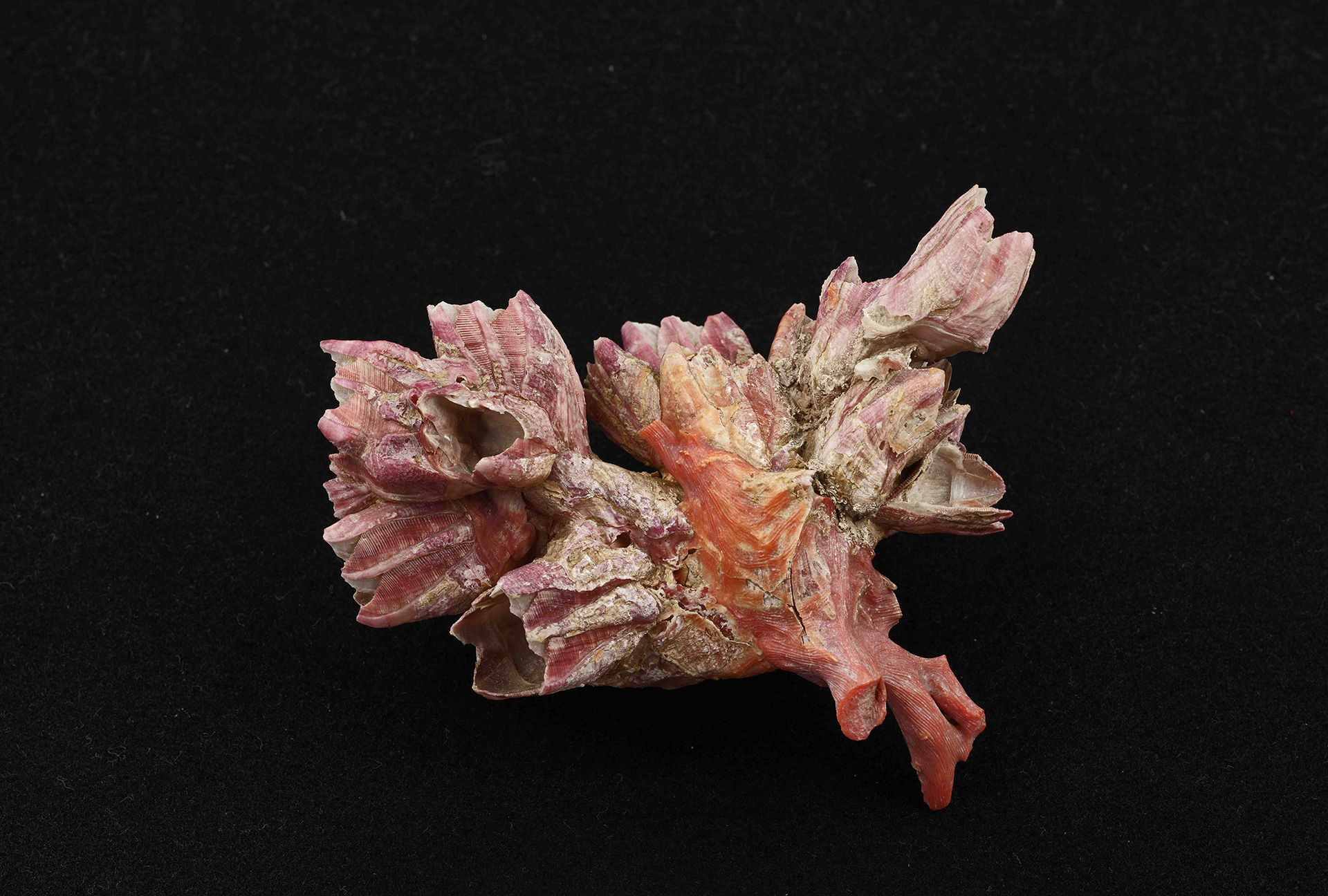When the Royal Academy of Arts in London was founded in 1768, Dr. William Hunter (1718–1783) became its first professor of anatomy. A physician and obstetrician to royalty, Hunter amassed an extensive collection of objects that ultimately became the foundation for one of the first public museums, The Hunterian in Glasgow, Scotland. The range and diversity of the collection illuminates the artistic, medical, and intellectual pursuits of the Age of Enlightenment.
This exhibition features over three hundred objects from Hunter’s original collections, which were donated to the University of Glasgow upon his death. Bridging Hunter’s age with our own, the display also includes works by four contemporary artists—Selva Aparicio, Claire Barclay, Nate Lewis, and Maya Vivas—which provoke social and philosophical questions about the worlds of medicine and anatomical dissection, and about the understanding of the origin of life and the eventuality of death, which lie at the heart of Hunter’s researches into human pregnancy. The exhibition thus contemplates how objects of different kinds, perspectives on the body, and museums themselves have mediated, and continue to mediate, our understanding of one another and the world in which we live.
Hunter envisioned his collection to be used as a source of knowledge and instruction, encompassing outstanding paintings and works on paper, coins and medals, minerals and fossils, anatomical and zoological specimens, ethnographic material, shells, insects, medieval European and Eastern manuscripts, and rare books, along with one of the most important “working” libraries of eighteenth-century London, with publications by friends and contemporaries such as David Hume and Adam Smith.
Every piece of Hunter’s collection informed investigations into the nature of creation, helping to shape the scientific and artistic endeavors that would give rise to the structures of much of the modern world. Hunter’s investigations call to mind the cycle of life; they seek to understand the history of civilization (from an eighteenth-century perspective), and they focus at their heart on the nature and origins of life itself. At the same time, scrutiny of the collection reveals the socioeconomic inequalities and the colonialist, imperialist, and patriarchal imperatives of Hunter’s day, which were inextricable from the making of the museum.
Featured works
View works from the collection included in this exhibition here.
Credits
William Hunter and the Anatomy of the Modern Museum has been a collaboration between The Hunterian at the University of Glasgow and the Center. The exhibition was first on display at The Hunterian from September 27, 2018, to January 6, 2019. The guest curator has been Mungo Campbell, Deputy Director of The Hunterian; and the organizing curator at the Center has been Nathan Flis, Head of Exhibitions and Publications, and Assistant Curator of Seventeenth-Century Paintings. They have been assisted by María Dolores Sánchez-Jáuregui, William Hunter Tercentenary Curator at The Hunterian.
Top image
William Hunter and the Anatomy of the Modern Museum installation, Yale Center for British Art, photo by Richard Caspole
Extended reading







